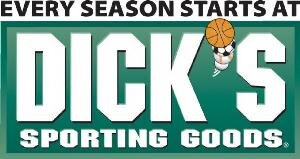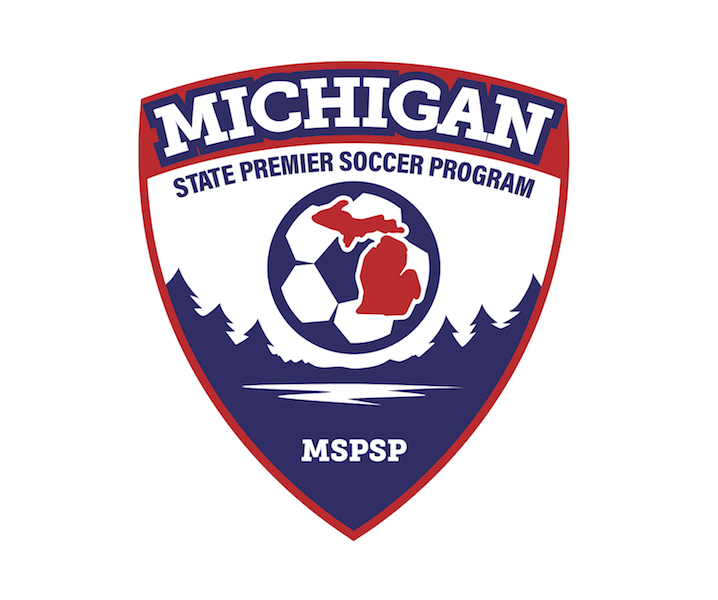Seasonal Training Program
DHSC - Seasonal Trainings
Training Program
Winter Season
Winter season consists of 2 training days of the week, and 1 game a week. Winter season starts in the first week of November to last week of March. Training days are held during the weekday and Game are held on the weekends.
Age Group 3 to 6 years old, only have training
Age Group 7 to 17 years old have both training and Games
Spring Season
Winter season consists of 2 training days of the week, and 1 game a week. Winter season starts in the first week of April to last week of June. Training days are held during the weekday and Game are held on the weekends.
Age Group 3 to 6 years old, only have training
Age Group 7 to 17 years old have both training and Games
Summer Season
Winter season consists of 2 training days of the week, and 1 game a week. Winter season starts in the first week of June to last week of August. Training days are held during the weekday and Game are held on the weekends.
Age Group 3 to 6 years old, only have training
Age Group 7 to 17 years old have both training and Games
Falls Season
Winter season consists of 2 training days of the week, and 1 game a week. Winter season starts in the first week of August to last week of October. Training days are held during the weekday and Game are held on the weekends.
Age Group 3 to 6 years old, only have training
Age Group 7 to 17 years old have both training and Games
Off / On Season training camps
DHSC will hold On / Off season soccer training is a great opportunity to improve technical skills, build fitness, and work on aspects of the game that may be overlooked during the regular season. Here are some training camp ideas that focus on different aspects of soccer development:
1. Fitness and Conditioning Camp
Goal: Build aerobic endurance, strength, speed, and agility.
Activities:
Interval running (sprints, ladder drills, cone drills).
Long-distance running to build stamina.
Strength training (bodyweight exercises like squats, push-ups, lunges, and resistance band work).
Plyometric exercises (box jumps, burpees, squat jumps).
Agility ladder drills to improve footwork.
Core strengthening (planks, Russian twists, leg raises).
2. Technical Skills Camp
Goal: Refine individual ball skills and improve technical abilities.
Activities:
Ball control drills (first touch, trapping, juggling).
Passing and receiving (short and long passes, inside and outside of the foot).
Dribbling (cone dribbling, change of direction, 1v1 situations).
Shooting (accuracy, power, volley, and header techniques).
Crossing and finishing drills (focus on timing, accuracy, and composure).
Weak foot training (encourage players to use both feet in all drills).
3. Tactical Awareness and Vision Camp
Goal: Improve understanding of the game’s tactical aspects, decision-making, and awareness on the field.
Activities:
Small-sided games (3v3, 4v4) to improve decision-making under pressure.
Positioning drills (focus on how to find space, when to press, and when to drop back).
Game analysis (watch professional matches, analyze positioning, movement, and strategy).
Field awareness drills (e.g., ‘3rd-man runs’ where players move into space for support).
Decision-making exercises (players must choose the best pass, whether to shoot, dribble, or pass under pressure).
4. Speed and Agility Camp
Goal: Enhance players' speed, quickness, and reaction time.
Activities:
Sprints (short bursts with rest periods).
Cone drills (zig-zag sprints, shuttle runs).
Acceleration work (focus on getting off the mark quickly).
Lateral movement drills (side-to-side movements for improving quick shifts).
Reaction time drills (react to a visual or auditory cue).
Speed-endurance training (combine speed with conditioning, e.g., 20-second bursts with 10 seconds rest).
5. Mental Toughness and Focus Camp
Goal: Build mental resilience, focus, and discipline.
Activities:
Visualization exercises (help players visualize success during different game situations).
Pressure drills (simulate game situations with time constraints or when players are fatigued).
Breathing exercises to help with relaxation and concentration.
Mindset training (teaching players how to handle adversity, stay positive, and focus on the process).
Team-building exercises (trust-building games and challenges to foster camaraderie and team spirit).
Goal setting (help players set clear, measurable goals for their development).
6. Position-Specific Training Camp
Goal: Improve specific skills based on the player’s position (goalkeeper, defender, midfielder, forward).
Activities:
For Goalkeepers: Shot stopping, positioning, diving, distribution (throwing and kicking), high balls.
For Defenders: Tackling, positioning, 1v1 defending, aerial duels, passing out from the back.
For Midfielders: Passing accuracy, vision, ball retention, covering space, link-up play.
For Forwards: Finishing, movement off the ball, receiving in tight spaces, creating chances.
7. Recovery and Flexibility Camp
Goal: Focus on recovery, flexibility, and injury prevention.
Activities:
Yoga sessions (to improve flexibility, balance, and mental clarity).
Foam rolling (self-myofascial release to prevent injuries and improve mobility).
Stretching routines (dynamic stretching pre-training and static stretching post-training).
Swimming or cycling (low-impact aerobic exercises to aid recovery).
Ice baths and contrast therapy (for recovery after intense training sessions).
8. Skill Competition Camp
Goal: Have fun while competing in various skill challenges.
Activities:
Juggling contests (who can juggle the longest or most times in a row).
Crossbar challenge (see who can hit the crossbar from various distances).
Shooting accuracy competition (targeting specific areas of the goal, such as the top corners).
Dribbling relays (race against others through a series of cones or obstacles).
Passing accuracy drills (aiming at specific targets or passing under pressure).
9. Team Chemistry and Bonding Camp
Goal: Strengthen team unity and communication.
Activities:
Group exercises (e.g., problem-solving activities where players must work together).
Team-building games (e.g., trust falls, obstacle courses).
Off-field activities (e.g., movie nights, team dinners, or volunteer work as a team).
Mock games (simulate friendly matches or inter-squad games to build cohesion).
Communication drills (in-game situations where verbal communication is key to success).
10. Strength and Power Development Camp
Goal: Focus on strength-building for explosive movements.
Activities:
Weight training (focused on major muscle groups like legs, core, and upper body).
Power training (Olympic lifts like clean and jerk, squats, deadlifts).
Medicine ball drills (to improve explosive power and strength).
Resistance training (using bands or sleds to build power).
Sprints with added resistance (using parachutes or sleds for added resistance to develop strength).
Key Elements for All Camps:
Rest and Recovery: Ensure that players have time for recovery, including sleep, nutrition, and mental relaxation.
Nutrition Guidance: Incorporate information about proper nutrition to fuel players' bodies for training and recovery.
Tracking Progress: Use metrics or performance tracking (e.g., times, goals, accuracy) to monitor improvement over the course of the camp.
These ideas can be combined into a comprehensive off-season training camp to maximize player development across physical, technical, tactical, and mental domains.









